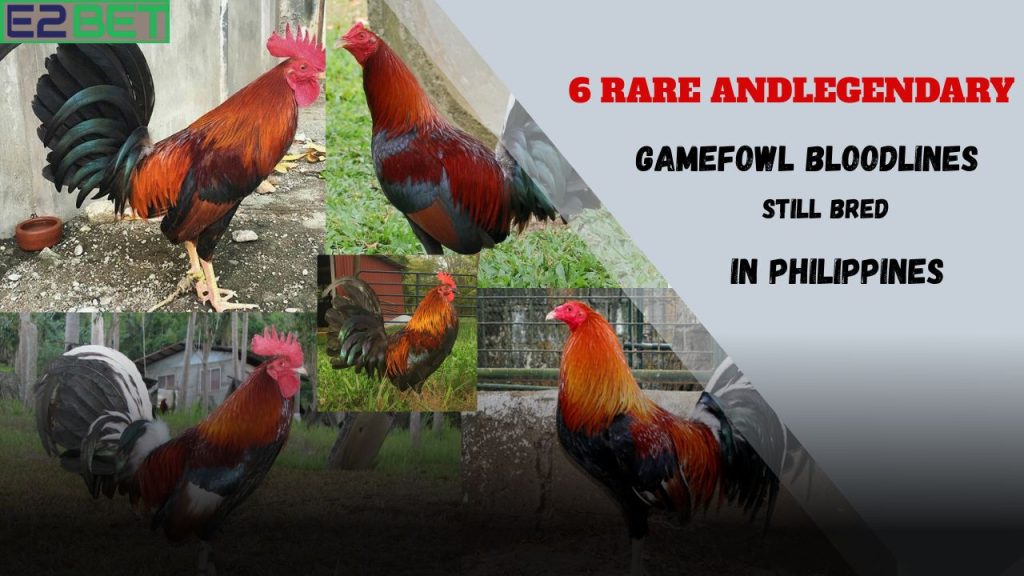In today’s derby world, bloodlines like Sweater, Lemon, and Roundhead dominate headlines with their speed and hybrid strength. Yet behind the flash and modern breeding trends lies a quieter legacy—those who keep alive the Legendary Gamefowl Bloodlines of the past. These heritage lines are not just birds; they are living chronicles of Philippine sabong, embodying courage, strategy, and the culture of old cockpits where men wagered not only money but pride and honor.
Table of Contents
Quick Heritage Snapshot of Legendary Gamefowl Bloodlines
| Bloodline | Traits | Legacy Today |
|---|---|---|
| Kelso | Intelligent, strategic | Still bred in Bulacan, Batangas, Cebu as heritage stock |
| Radio | Lightning-fast, flashy | Rare, kept in Pampanga & Nueva Ecija as thrill relics |
| Whitehackle | Stamina, never quits | Preserved in Samar, Bicol, Ilocos as symbols of honor |
| Claret | Elegant, precise | Scarce, bred in Cavite & Pampanga for tradition |
| Brown Red | Aggressive, fearless | Rare, preserved for their raw warrior spirit |
| Hatch (Pure) | Powerful, cutting force | Kept in Mindanao & Iloilo as relics of sabong’s roots |
This article dives deep into six Legendary Gamefowl Bloodlines still preserved in the Philippines, tracing their traits, their stories, and the breeders who guard them against extinction.
Kelso – The Professor in the Pit
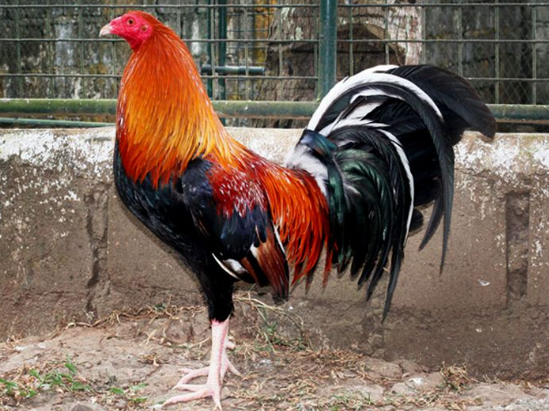
The Kelso stands tall among the Legendary Gamefowl Bloodlines, remembered as the “professor” for its intelligence in the pit. Unlike reckless bloodlines that rush headlong into battle, the Kelso fights with strategy.
- It reads its opponent, probing first before committing.
- It shifts gears mid-fight, turning defense into sudden offense.
- Famous for counter-cutting—winning not by brute force, but by wit.
Old cockpits from Bulacan to Cebu tell stories of pure Kelso lines that frustrated aggressive Brown Reds, outthinking them until victory was inevitable. Even now, breeders keep pure Kelso families, not for mainstream derbies but for the heritage of brain over brawn. Among the Legendary Gamefowl Bloodlines, Kelso proves that in sabong, cunning can be as lethal as steel.
Radio – The Lightning of the 1960s
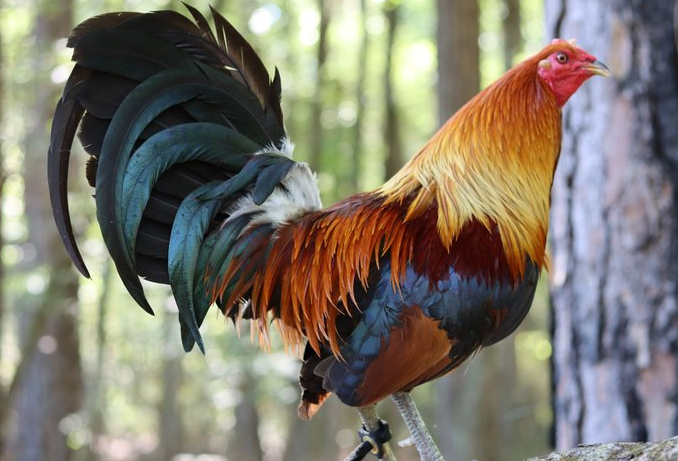
The Radio bloodline exploded in popularity during the 1960s, making it one of the most exciting Legendary Gamefowl Bloodlines of its era. Known for sheer speed and unpredictability, Radios thrilled audiences with lightning strikes that could end fights in seconds.
But their very unpredictability also became their weakness. As sabong evolved toward more controlled matches, Radios faded from the big stage. Yet in small towns across Pampanga and Nueva Ecija, a few breeders still raise Radios—not for profit, but to honor a time when the crowd wanted thrills more than trophies. These breeders say raising Radios keeps alive the joy of spectacle in the pit, a true relic among the Legendary Gamefowl Bloodlines.
Whitehackle – The Iron-Hearted Warrior
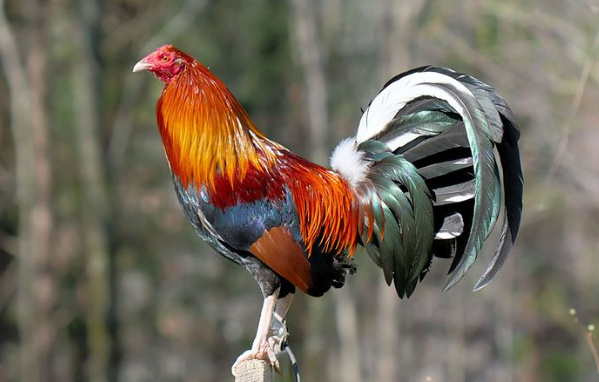
If courage could be embodied in feathers, it would be the Whitehackle. Revered as one of the toughest Legendary Gamefowl Bloodlines, these birds are synonymous with endurance and heart.
- They excel in long drag fights, where patience and stamina decide the winner.
- They keep fighting even when wounded, blinded, or exhausted.
- Old-timers call them “the warriors who never quit.”
Breeders in Samar, Bicol, and Ilocos still keep Whitehackles alive, despite their rarity in today’s speed-driven derbies. For them, Whitehackles are not just fighters but symbols of bravery and honor. Among the Legendary Gamefowl Bloodlines, the Whitehackle reminds sabungeros of what true gameness means.
Claret – The Gentleman’s Choice
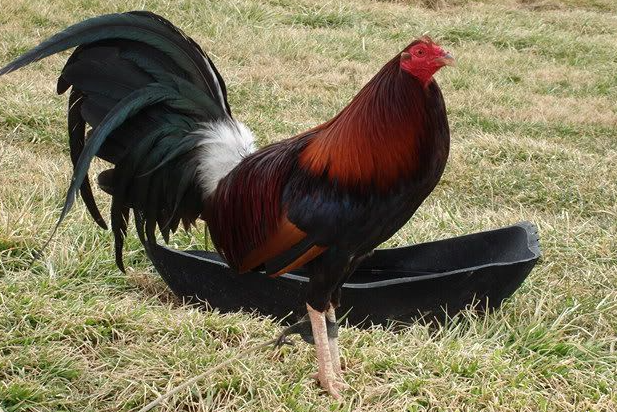
Few Legendary Gamefowl Bloodlines carry the prestige of the Claret. With their deep wine-red plumage, graceful stance, and deadly precision, Clarets were once the pride of aristocratic breeders in the 1970s and 1980s.
- They strike with elegance and accuracy.
- Known for their long-reaching blows and polished fighting style.
- Coveted as much for their beauty as for their performance.
Today, pure Clarets are scarce, often absorbed into modern crosses. Yet in Cavite and Pampanga, collectors still preserve pure strains, treating them as heirlooms. To own a Claret is to hold a piece of sabong artistry—proof that the Legendary Gamefowl Bloodlines are as much about beauty as they are about battle.
Brown Red – The Firebrand Fighter
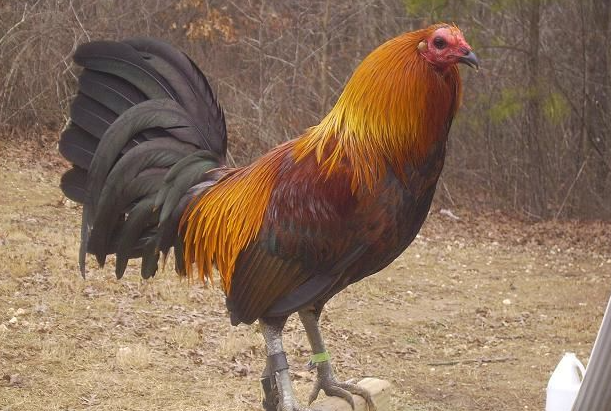
The Brown Red bloodline is one of the fiercest of the Legendary Gamefowl Bloodlines, built on raw aggression. Where others calculate, Brown Reds charge with fearless intensity.
- They attack head-on, giving no quarter.
- Their relentless pace overwhelms opponents.
- Even when outmatched, they fight with untamed spirit.
Though their predictability made them less effective in modern derbies, old sabungeros cherish them as reminders of sabong’s golden years—when heart and fire were enough to win respect. The Brown Red’s place in the Legendary Gamefowl Bloodlines is secured not by trophies, but by the memory of their unbreakable courage.
Pure Hatch – The Powerhouse Relic
The Hatch is one of the most famous lines in sabong, but pure Hatches—the kind with green legs and unmatched power—are now nearly extinct. What survives are hybrids, crossed with Sweaters, Kelsos, and Roundheads for speed. But among the Legendary Gamefowl Bloodlines, the pure Hatch still holds sacred value.
In Mindanao and Iloilo, veteran breeders keep small families of pure Hatches like treasures. Their cutting power and brute force are unmatched, even if slower than today’s hybrid lines. These breeders say preserving Hatches is like guarding the roots of modern sabong.
Why Legendary Gamefowl Bloodlines Still Matter
- Cultural Heritage: They connect modern sabungeros to the sport’s roots.
- Genetic Importance: Their unique traits—endurance, heart, and power—balance today’s speed-driven hybrids.
- Breeder Pride: Raising them is a way to honor ancestors and traditions.
- Living Stories: Each bloodline carries anecdotes of unforgettable fights and breeders.
In a sabong world ruled by speed and commercial hybrids, the Legendary Gamefowl Bloodlines remind us of what makes the sport timeless. They carry history in their veins, honor in their stance, and pride in every strike. From the cunning Kelso to the fiery Brown Red, from the never-quit Whitehackle to the elegant Claret, these bloodlines endure not just in backyards, but in the very heart of Filipino culture.
As long as there are breeders who value heritage over hype, the Legendary Gamefowl Bloodlines will continue to fight—not just in the pit, but against the tide of forgetfulness. They are the keepers of sabong’s soul, the true warriors of old.
Read More:-
- Secrets to Winning Big in 5-Cock and 7-Cock Derbies
- 10 Legendary Biggest Cockfighting Arenas in the Philippines
FAQs
1.What makes Legendary Gamefowl Bloodlines different from modern lines?
Legendary Gamefowl Bloodlines are valued for pure traits like heart, stamina, and tradition, while modern lines are bred mainly for speed and hybrid performance.
2.Are Legendary Gamefowl Bloodlines still used in major derbies?
Mostly no—today’s big derbies favor hybrids. These lines are kept alive by heritage breeders for preservation and smaller traditional fights.
3.Which Legendary Gamefowl Bloodlines are hardest to find today?
Pure Hatch and Claret are among the rarest, with only a few breeders keeping small families.
4.Why do breeders still preserve these old bloodlines?
They preserve them to protect history, maintain unique genetics, and honor the cultural roots of sabong.
5.Can Legendary Gamefowl Bloodlines still win against modern crosses?
Yes, in the right hands. While less common in big leagues, their heart and endurance can still surprise even modern hybrids.
